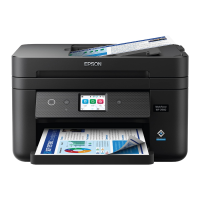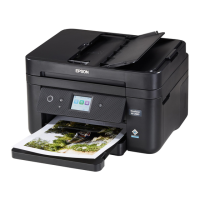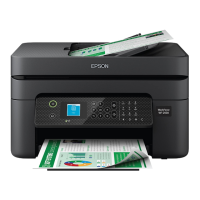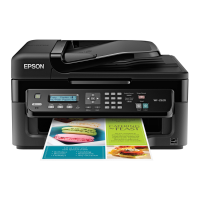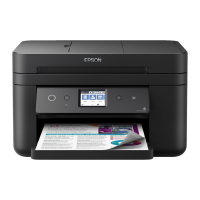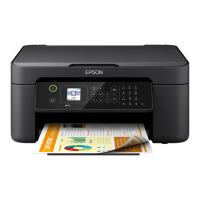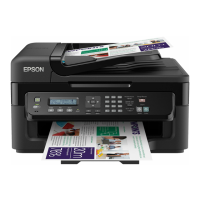Related Information
& “E-1” on page 127
& “E-2, E-3, E-7” on page 127
& “E-5” on page 128
& “E-6” on page 128
& “E-8” on page 129
& “E-9” on page 129
& “E-10” on page 129
& “E-11” on page 130
& “E-12” on page 130
& “E-13” on page 131
& “Message on the Network Environment” on page 131
E-1
Solutions:
❏ Make sure the Ethernet cable is securely connected to your printer and to your hub or other network device.
❏ Make sure your hub or other network device is turned on.
❏ If you want to connect the printer by Wi-Fi, make Wi-Fi settings for the printer again because it is disabled.
Related Information
& “Making Wi-Fi Settings from the Control Panel” on page 123
E-2, E-3, E-7
Solutions:
❏ Make sure your wireless router is turned on.
❏ Conrm that your computer or device is connected correctly to the wireless router.
❏ Turn o the wireless router. Wait for about 10 seconds, and then turn it on.
❏ Place the printer closer to your wireless router and remove any obstacles between them.
❏ If you have entered the SSID manually, check if it is correct. Check the SSID from the Network Status part on
the network connection report.
❏ If an wireless router has multiple SSIDs, select the SSID that is displayed. When the SSID is using a non-
compliant frequency, the printer does not display them.
❏ If you are using push button setup to establish a network connection, make sure your wireless router supports
WPS. You cannot use push button setup if your wireless router does not support WPS.
❏ Makes sure your SSID uses only ASCII characters (alphanumeric characters and symbols). e printer cannot
display an SSID that contains non-ASCII characters.
In These Situations
>
Re-Setting the Network Connection
>
Messages and Solutions on the Network Connection
…
127
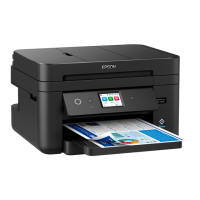
